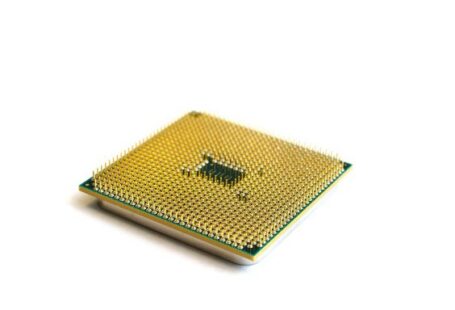In the world of programming languages, there is one that stands out for its simplicity and efficiency: Go. Developed by Google in 2007, Go has gained popularity among developers for its clean syntax, built-in concurrency, and powerful standard library. In this article, we will explore why Go is considered a great choice for building robust and scalable software applications.
Simplicity at its Core
One of the main reasons why Go has gained a strong following is its simplicity. The language was designed to be easy to learn and write, with a focus on readability. The syntax is clean and straightforward, making it a great choice for both beginners and experienced programmers. With Go, developers can spend less time grappling with complex syntax and more time focusing on solving problems.
Efficiency through Concurrency
Concurrency is a fundamental aspect of modern software development, and Go was built with it in mind. Go’s lightweight goroutines and channels make it easy to write concurrent programs, allowing developers to take full advantage of multi-core processors. Goroutines are lightweight threads that can be easily created and managed, while channels provide a safe way to communicate and synchronize data between goroutines. This powerful combination of concurrency primitives makes it possible to write efficient and scalable software applications.
The Power of the Standard Library
Another key feature that sets Go apart is its powerful standard library. The standard library provides a wide range of functionality, from networking and file handling to cryptography and web development. With the standard library, developers can leverage pre-built tools and packages to quickly build robust and secure applications. This not only saves time but also ensures that developers are following best practices in their code.
Fast Compilation and Execution
Go’s compilation and execution times are impressively fast. The Go compiler, known as “gc,” is known for its efficiency and speed. It can quickly compile large codebases, allowing developers to iterate and deploy their applications faster. Additionally, Go’s runtime performance is also highly optimized, making it a great choice for performance-critical applications. With Go, developers can build software that is both fast to develop and fast to run.
Growing Community and Ecosystem
The Go community is vibrant and constantly growing. Developers from all around the world contribute to the language by creating new libraries, tools, and frameworks. This rich ecosystem makes it easy to find solutions to common problems and accelerates the development process. Additionally, the Go team at Google actively maintains and updates the language, ensuring that it remains relevant and up-to-date.
Conclusion: Go for Simplicity and Efficiency
In conclusion, Go is a programming language that combines simplicity and efficiency in an elegant way. Its clean syntax and powerful standard library make it easy to write and maintain code, while its built-in concurrency primitives enable developers to create efficient and scalable software applications. The fast compilation and execution times, along with the growing community and ecosystem, further reinforce Go’s position as a top choice for developers. Whether you are a beginner or an experienced programmer, Go is definitely worth considering for your next project.





